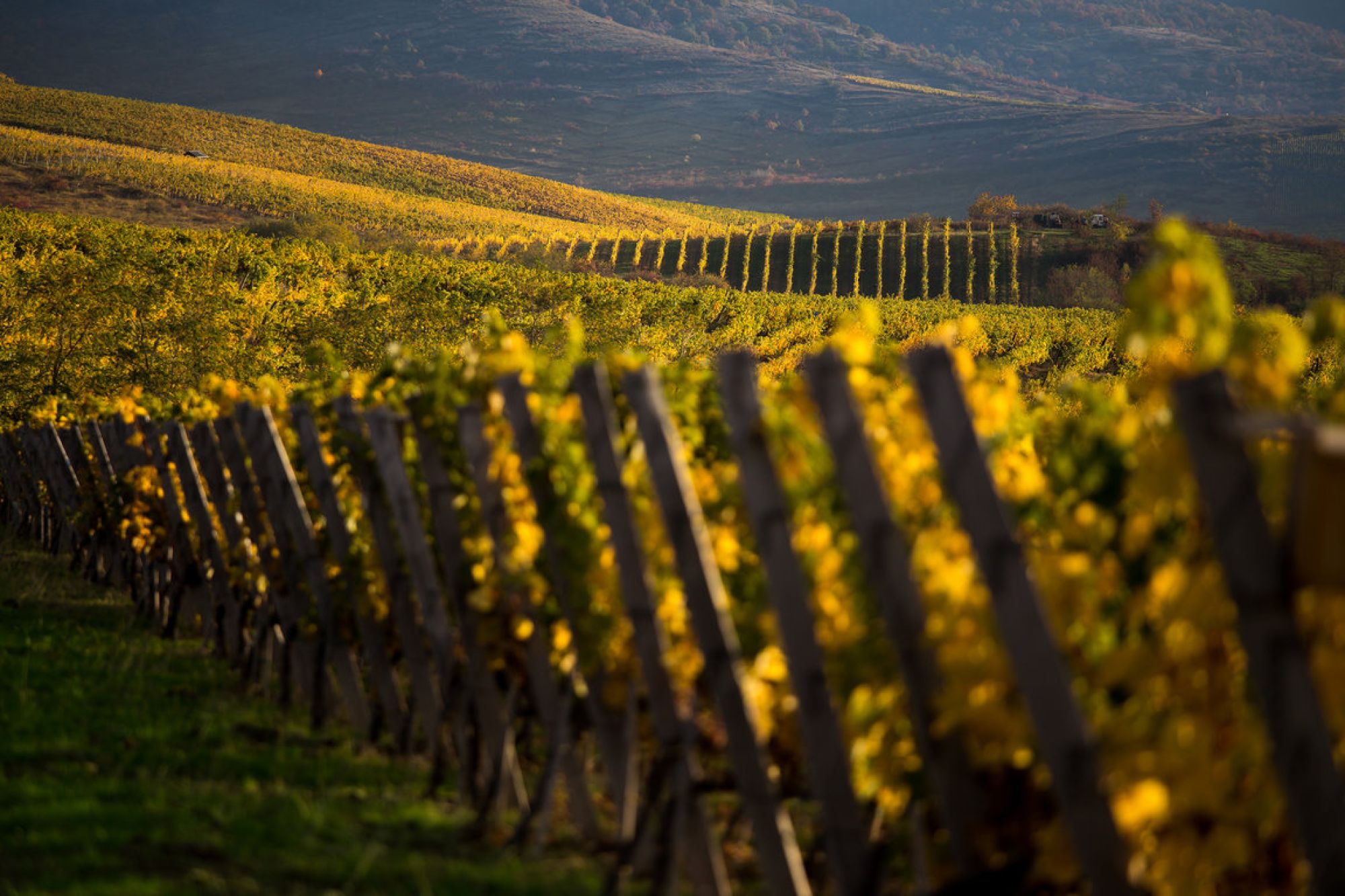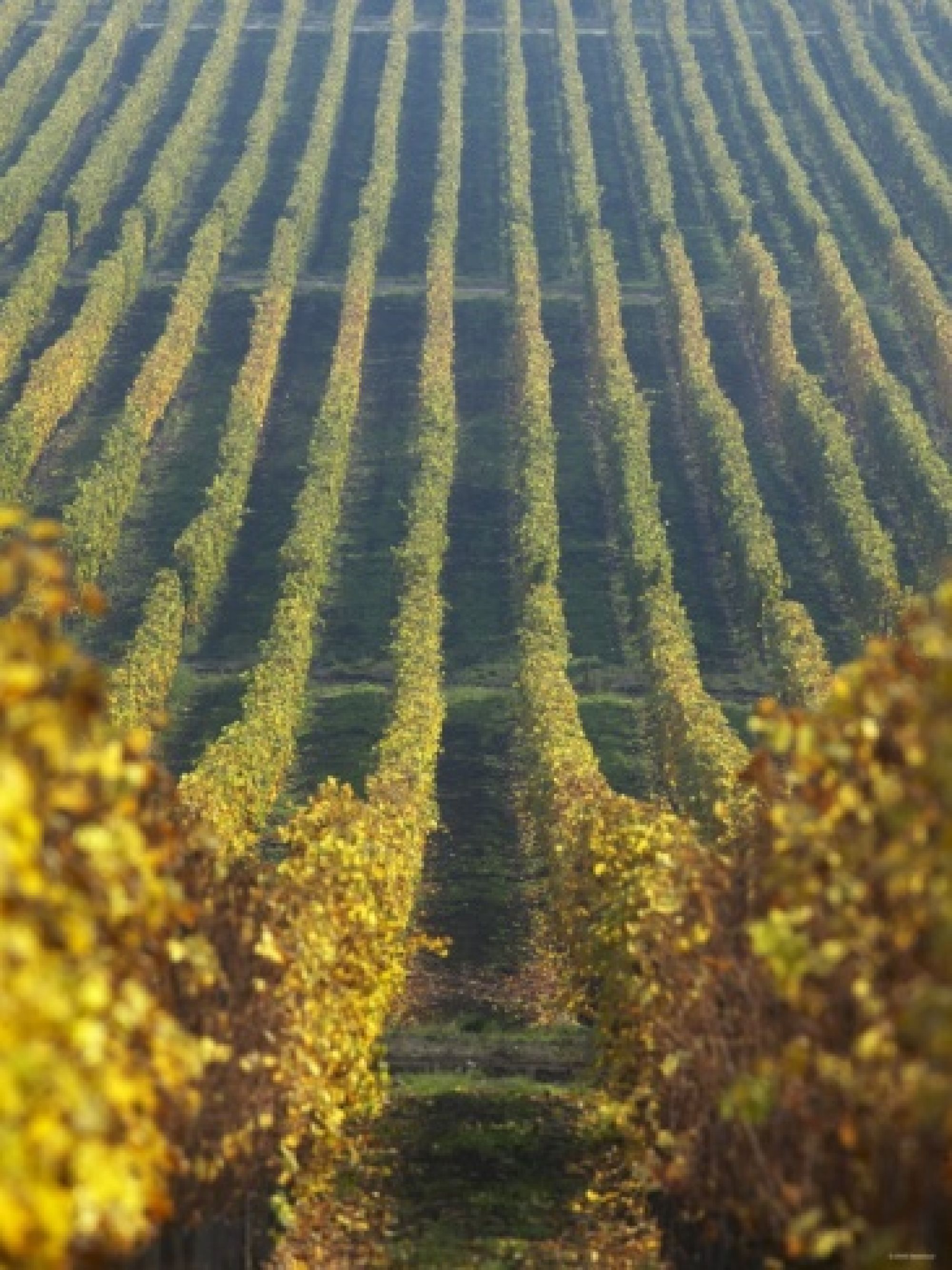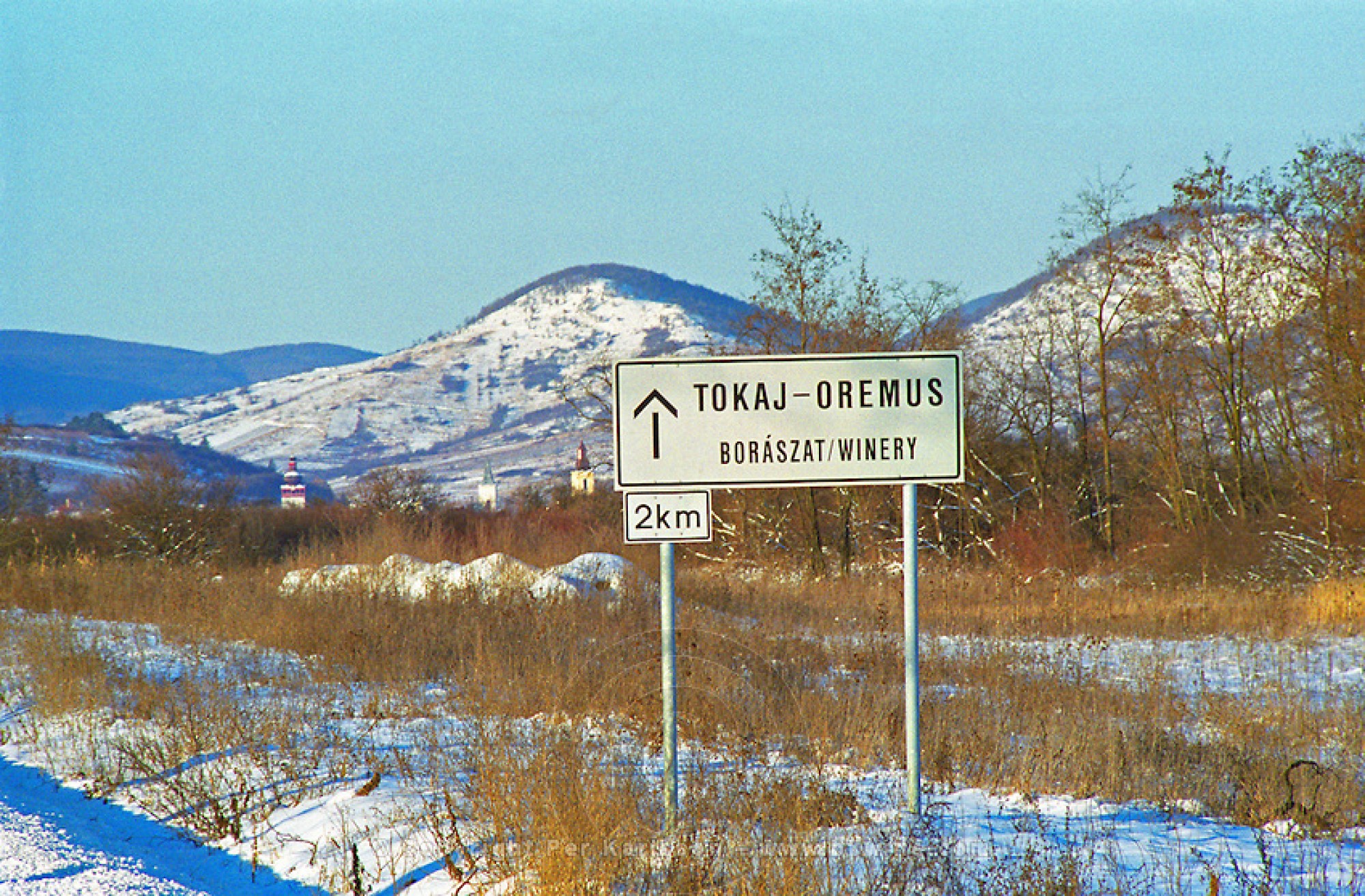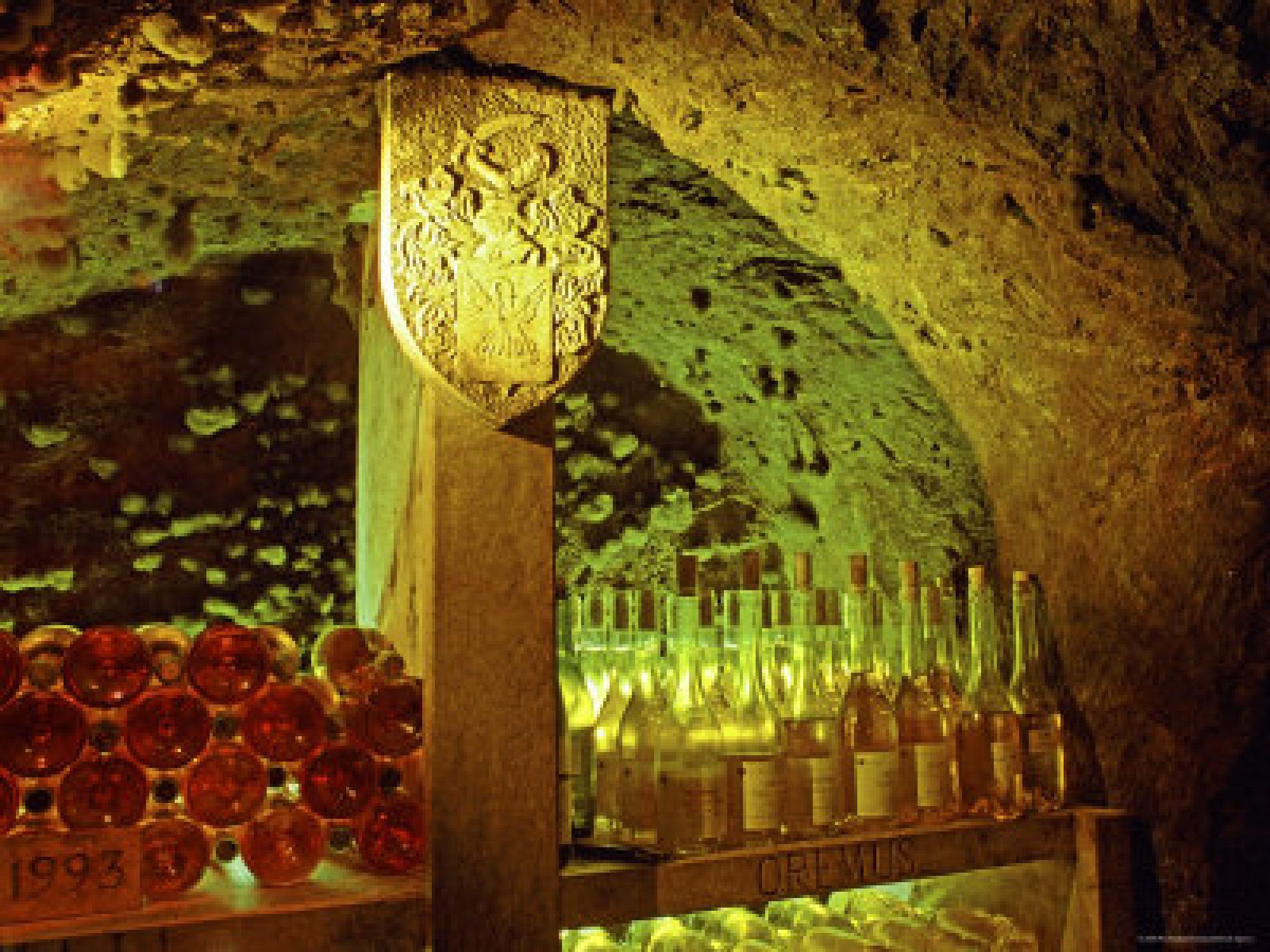Oremus
- Tokaji-Hegyalja, Hungary
Hungary’s legendary Tokaji has a long and distinguished history. Botrytis Cinerea, the so-called noble rot, was recognized in the northeastern region of Hungary in 1650. Its effect was dramatic.
“By the 18th century, this extraordinary wine was known to the French court, and was subsequently introduced to the Russian imperial court by the Hapsburgs. Only Constantia from the Cape of Good Hope rivaled Tokay as ‘the wine of kings and the king of wines’ during this period of sweet wine worship, with Tokay Essencia regarded as an all-purpose restorative.” - Jancis Robinson, Oxford Companion to Wine.
Eventually, Tokaji’s esteem crumbled during the communist regime so there was little known about this region even with its rich, early history. However, skilled and savvy winemakers began to make their way over to explore and understand the region's potential.
One of the first was Bodegas Vega Sicilia, which in 1993 acquired one of Tokay’s most highly-regarded properties, Oremus. The winery has 115 hectares of “first growth” vineyards, plus several kilometers and levels of underground cellars hand cut into volcanic rock. They are close enough to the Bodrog River to benefit from the particular climatic conditions that generate noble rot. Wines have been aging there under perfect conditions since the 12th century, in locally made, 136-liter Gonci and 220-liter Szerednyei oak casks.
The vineyards at Oremus are mostly on hillsides that rise steeply above the village of Tolcsva in the heart of the Tokaj-Hegyalja appellation. All the Oremus vineyards are classified ‘First Growth’, according to the historic Szirmay classification of 1803. The cellars themselves are found under the village Tolcsva, in a labyrinth of hand-hewn cellars dating back to the 12th century.
The wines are made by Tokaj Master Andras Backsos, from the traditional varieties: spicy Furmint, floral Hárslevelü, honeyed Zéta and fruity Muskat Lunel. The process itself is unique: fifty-pound puttonyos (tubs) of juice—paste, really—from botrytis-affected (aszú) grapes, individually picked, are added to 136-liter Gonci casks of regular fermenting must. After a 24-hour maceration, the mixture is pressed, and then aged in oak for as long as ten years.



